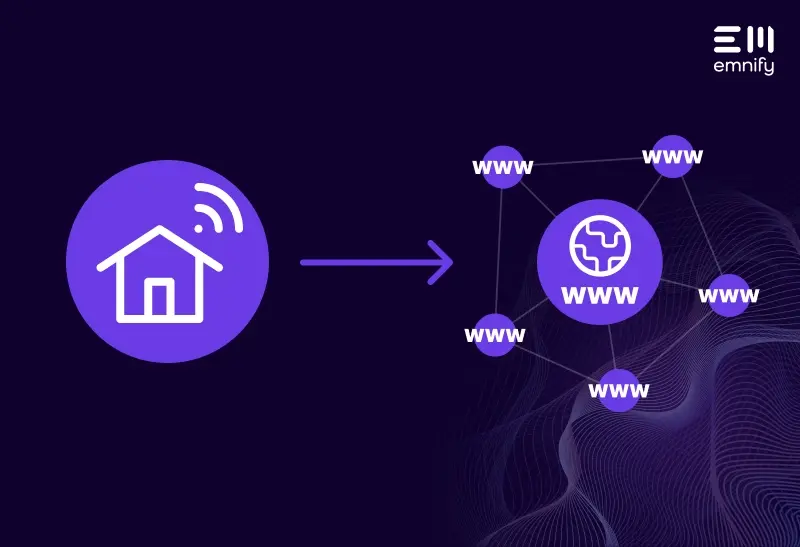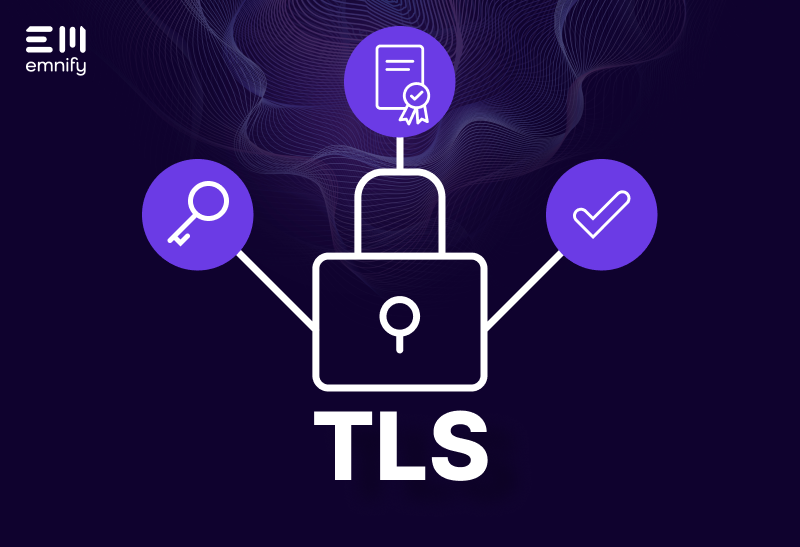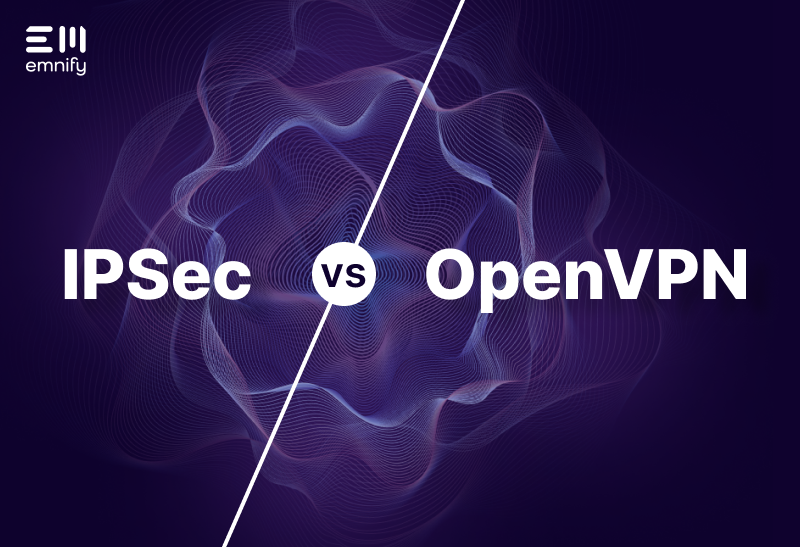

Quick definition: An Internet breakout is the point at which data passes from a private network to the public Internet.
So an Internet breakout may be your local Wi-Fi router at home - or the gateway of your IoT sensors. In a cellular network internet breakout is the point where the data leaves the operator network. So for local networks such as Wi-Fi or Bluetooth - the internet breakout is usually at the location of the device itself - for cellular networks the breakout is in a central place of the home operator - the one that sold the SIM card.
This creates significant challenges for organizations with globally distributed devices, as data may have to be transported across multiple countries or even continents to pass through a centralized datacenter of the home operator before it can start traveling to its destination.
It’s kind of like if you were trying to mail a letter to your neighbor, and the carrier had to transport the envelope to a shipping center across the globe before delivering it. It would be absurd. But some organizations get stuck in a similar process with their data.
Thankfully, just as there’s a much more efficient way to deliver the mail, there’s a much more efficient way to handle Internet breakout and transport data.
Internet breakout and cloud computing
When the devices are close to the operator datacenter, such as in a single country, a centralized Internet breakout model doesn’t inhibit performance and slow down data transfers. But companies with distributed devices that access the Internet from locations scattered all over the world will be impacted by packet loss and longer latency. These organizations need a decentralized model that allows devices to deliver data in the shortest path to the application which the customer accesses - without transferring data along circuitous routes.
These organizations usually plan a distributed application infrastructure to optimize the data transfer in their customer markets. While some organization can afford to expand their infrastructure and build additional datacenters to streamline data transport across the world, with the advent of cloud computing and the wealth of cloud service providers available today, even small businesses can afford a distributed infrastructure that they do not have to build and buy by themselves.
Cloud computing enables companies to pay for access to datacenters located around the world, allowing them to move the application servers closer to their endpoints, reducing the time it takes to transmit and receive data - if it was not about the home routing of the mobile network operators.
Local Internet breakout
Local Internet breakout is when a distributed network uses local Internet Service Providers (ISPs) to place Internet access points closer to end users. By routing data through the local ISP, the network can exchange data between devices much more quickly.
Regional Internet breakout
Regional Internet breakout is when a distributed network routes data through regional data centers, typically through a major cloud service provider like Amazon AWS, Microsoft Azure, or Google Cloud.
emnify uses AWS to facilitate dynamic regional Internet breakout, where emnify dynamically selects the closest breakout region based on a device’s location - and at the same time uses other availability zones as backups to prevent downtime.
While traditional MNOs route your data through their own centralized server, whether you’re in-network or roaming, emnify brings the data closer to your distributed servers. Your devices stay connected anywhere in the world, and everywhere you deploy, your customers enjoy the same low-latency connectivity.
Internet breakout data regulation and security
One of the biggest challenges with home routing and centralized Internet breakout is data processing regulation and security. Part of the appeal of a centralized Internet breakout model is that the data travels to all different continents your customers may not allow the data to go - and the data takes long routes over the public internet.
But that’s not the case with emnify. Our cloud native platform keeps the customer data local and brings the same secure connectivity to every deployment, protecting your IoT devices with specialized IoT SIM cards, IMEI locks, connectivity profiles, network firewalls, VPN capabilities, and more.
Take your IoT connectivity global
emnify is an IoT communication platform that leverages cellular technology to connect your devices to more than 540 networks in over 180 countries. Wherever you deploy, emnify routes your data through dynamic regional Internet breakouts, keeping your connections both fast and secure. See how EMnify's IoT connectivity works.
Get in touch with our IoT experts
Discover how emnify can help you grow your business and talk to one of our IoT consultants today!
.png)
Kalliopi is a CS Manager, highly motivated at integrating different solutions and helping customers enable and facilitate their daily business.


